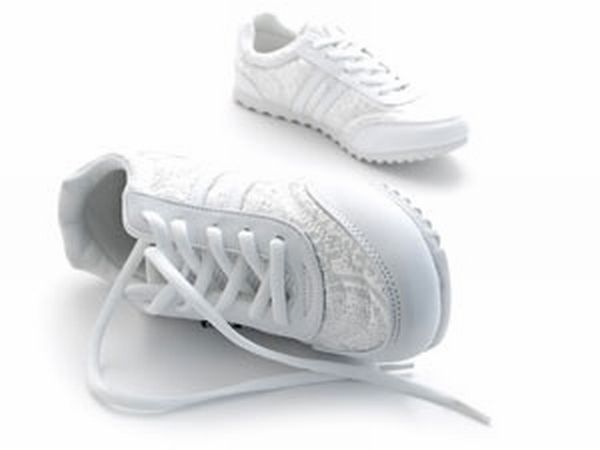
Every one in seven in USA suffers from arthritis. Arthritis is basically an inflammation of joints which is usually because of their wear and tear degenerative processes but could also be attributed to a lot of other metabolic states. It’s an extremely painful condition associated with a lot of morbidity as it greatly restrains one’s activities and mobility, affecting activities of daily living. Treatment for arthritis is best sought early, when it’s still amenable to medical management and lifestyle modification. Simple changes in one’s footwear can go a long way to combat the arthritis related morbidity. An apt footwear is now a standard way to manage an arthritis patient.
With age the lubrication between the joints is lost. This leads to increased friction in the joints, thus eroding the cartilages. This puts extra stress over weight bearing areas like the foot and also has a transmitted impact over the adjacent joints. Some common types of footwear and its modifications for arthritis patients are given below.
1. Insoles
Appropriate modifications in foot wears, like insoles helps to disseminate this stress over the entire foot, relieving the pressure points. Arched insoles help to release the extra pressure, supporting the ligaments and the surrounding muscles. This increases the stability of the numerous joints present in the foot. This halts the degenerative changes like inflammation and formation of bony spurs.
2. Wider front shoes
Wider shoes help to relieve patients of bunion related lesions. As they accommodate the angulature of the great toe better, they help these patients walk with less difficulty. Such patients must avoid narrow tiped shoes.
3. Flat soles
High heeled shoes increase pressure at only a certain points on the sole. This predisposes them to wear and tear. Flat soles are advisable over high heels because of the aforesaid reason. They along with wide front shoes help to increase blood circulation of the foot too.
4. Addition seams inside shoes
Diseases like Rhumatoid arthritis cause joint and ligament inflammation leading to increased friction and pain. It leads to calluses and ulcerations which are very resistant to healing due to constant weight bearing. An extra piece of leather supporting the arches greatly eases the pressure at these inflamed points.
5. Making slits
Gout causes crystal deposits in joints due to faulty uric acid metabolism. These nodules produce friction points over the skin which constantly rubs with the surface. Usually slits are made over the site of these projections to avoid friction and ulcers which may later become infective.
6. Alternate methods to fasten shoes
Non tie laces are also available today which help to tie shoes without much fastening. Reliving shoe closure pressure helps in mid foot arthritis and in case of bony deformities, as seen in Rhematoid arthritis, like ‘cock up’ toes and painful corns and bunions.
7. Shoes with goodness of acupressure
Special soles are available today which work on the principle of acupressure and thus exercise the body each time one takes a step!
8. Hard forefoot
These arthritis shoes not only relax the feet and enhance the range of motion, but certain specially designed foot wears restrict motion in certain directions so as to rest the foot at some joints and ligaments. For example, modifications like a hard forefoot sole can help to reduce the pain in the front of the foot by limiting the range of movement.
Properly designed shoes also protect the nerves in arthritis patients, thus delaying the symptoms of nerve compression or irritation like ‘pins and needles’, numbness and paraesthesia. Examining one’s foot wear and its sole and relating it clinically with the symptoms helps doctors to individualize the foot wear designing for their patients to address their specific needs and correct their gait disorders by relieving the pressure points. It helps to manage not only foot pain, but arthritis of knee and hip too.
Thus, correct foot wear can help alleviate many symptoms of arthritis patients, by improving their quality of life and preventing a lot of deformities and disease related complications.




